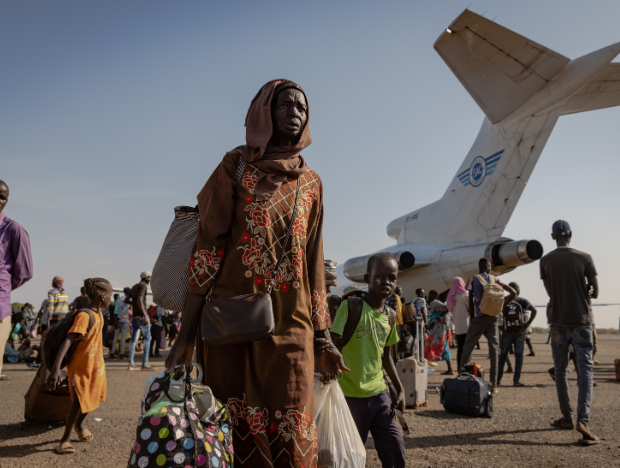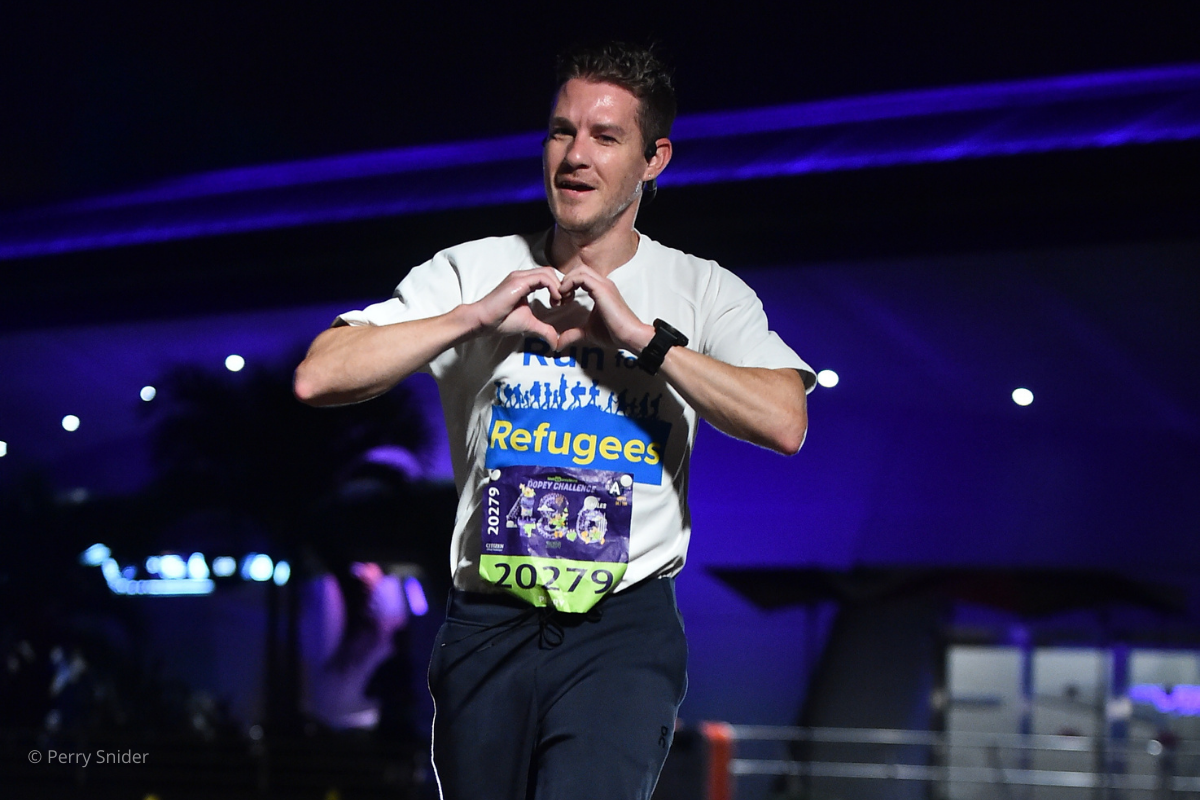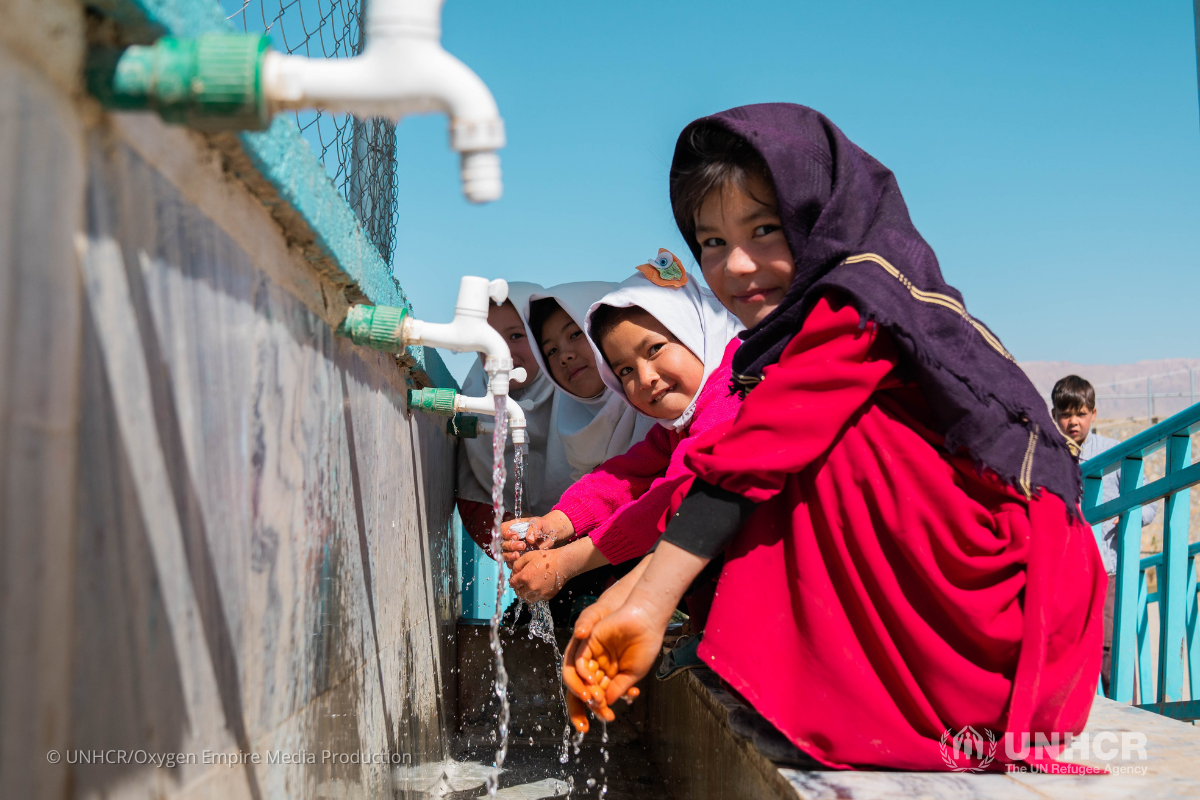Evidence Based Interventions: Programa de Integración en México
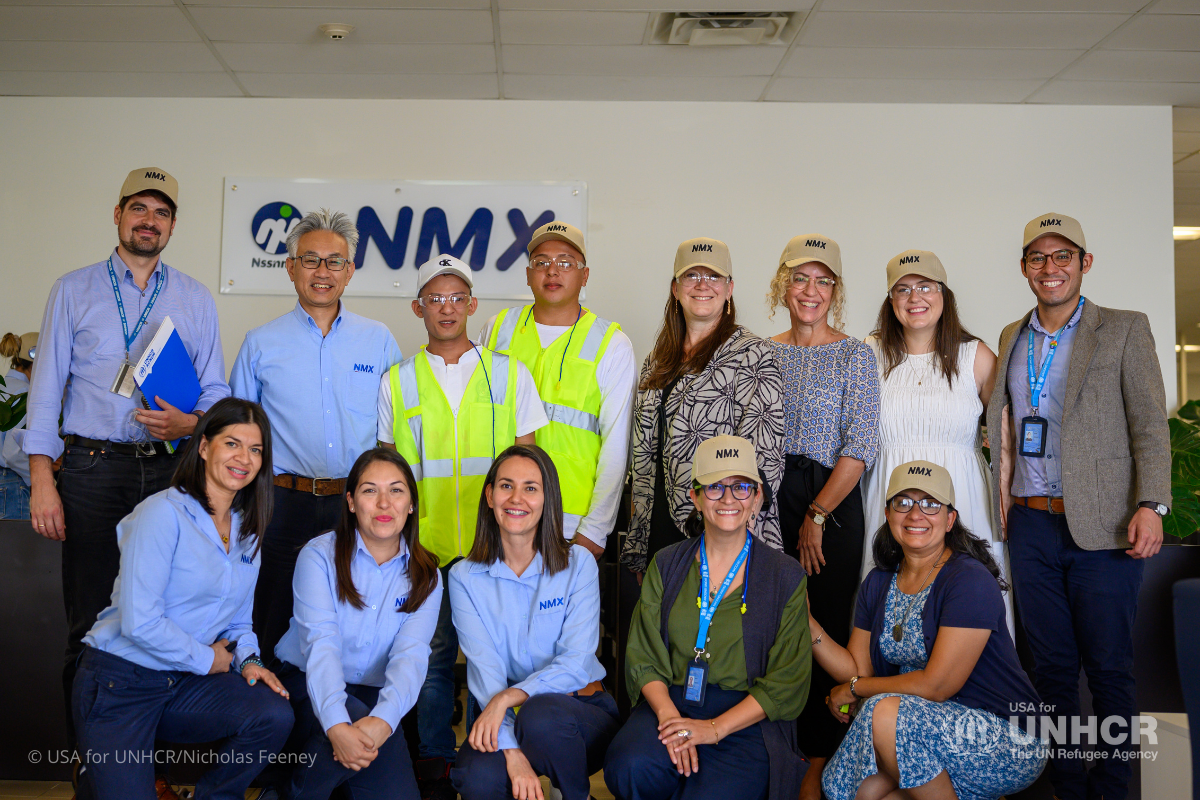
In 2016, UNHCR, the UN Refugee Agency, launched Programa de Integración (PIL/ Local Integration Program) an innovative program that helps relocate asylum seekers and refugees from southern states of Mexico – where poverty is high and there are few employment prospects – to states in northern and central Mexico where the prospects of securing meaningful employment are better.
Working with UNHCR staff, families and individuals participating in PIL receive critical support, including employment assistance, housing, and access to education and healthcare services.
Since 2016, more than 30,000 refugees have participated in the program, relocating to 11 cities in central and northern Mexico. Private sector engagement in PIL continues to grow — by the end of 2023, more than 500 companies, including Unilever, DHL and Continental Tires, have hired refugees.
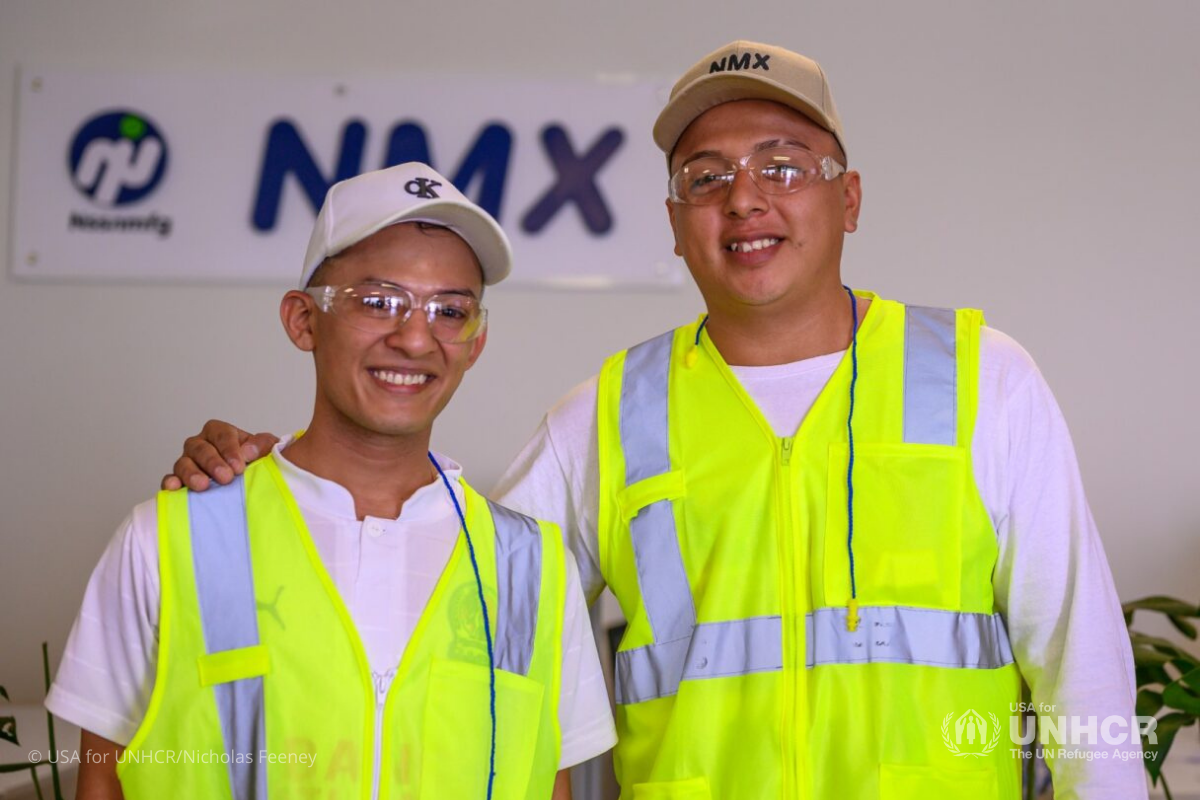
The PIL model takes a holistic approach to supporting refugees, prioritizing employment, access to healthcare, safe housing and educational programs for children. The goal is to help refugees become self-reliant and build stronger futures for themselves and their families.
To understand if PIL fosters better outcomes for refugees, USA for UNHCR partnered with Georgetown University’s Institute for International Migration, to measure the impact of the program. Dr. Elizabeth Ferris and Dr. Katharine Donato of Georgetown University teamed up with UNHCR Mexico (ACNUR), Mexico’s Refugee Office (COMAR), local employees and refugees to measure and report the outcomes and impact of PIL.
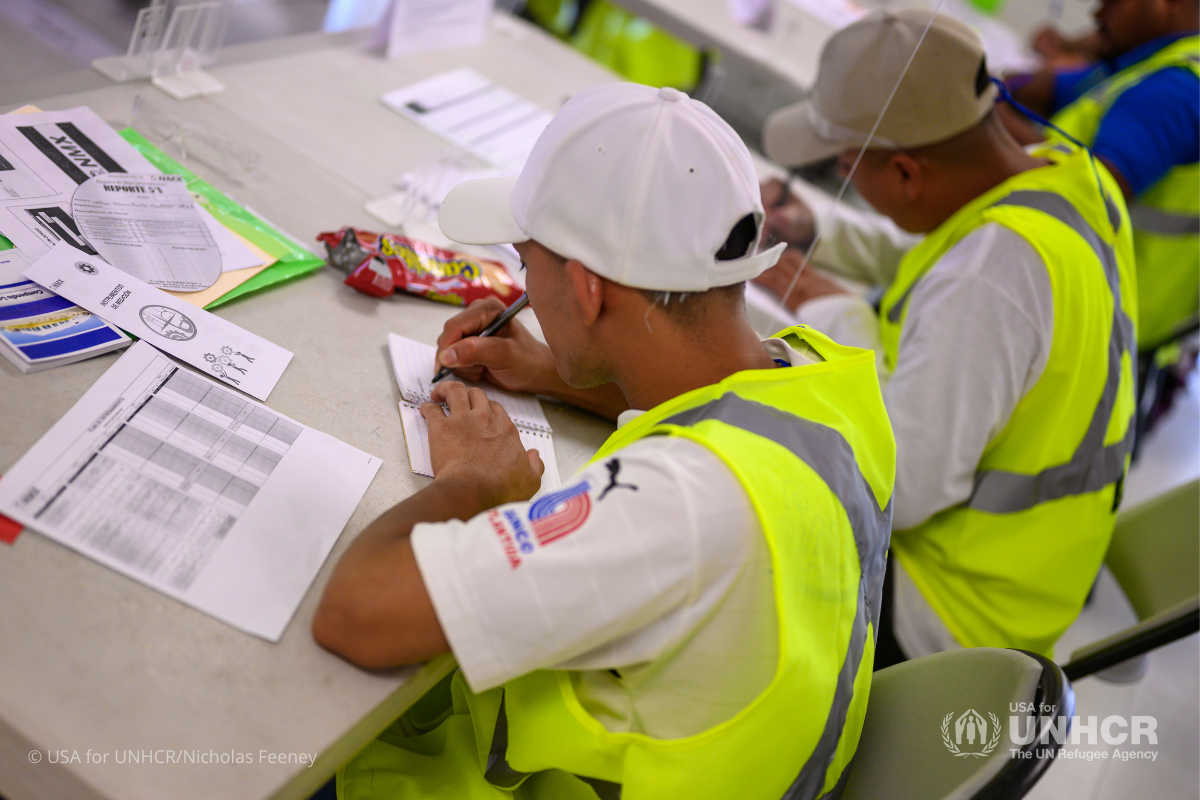
Researchers also collected and analyzed individual and household-level quantitative data, including data from participant interviews conducted by ACNUR before, during and after relocation.
Some key takeaways from the research and report:
- Employment during PIL: After one month in the program, more than half of refugees were employed; 90 percent were employed after six months of living in northern Mexico.
- Employers report high satisfaction with the program, noting low turnover rate (0.7 percent per month for refugee employees, compared to a local average fluctuating between 6 and 10 percent) and high levels of motivation and morale.
- Refugees become self-reliant as they gain access to education, employment, and housing, but they are still on their way to integration, which typically includes strong ties to the community and feelings of belonging.
A short excerpt from the final report:
“The program not only provides opportunities for refugees to become self-reliant, but it also increases their protection. Compared to their home countries or to their experiences in Chiapas and Tabasco, they are safe in their new homes in central and northern Mexico. Compared to the lives of undocumented migrants in the United States, those who have been relocated in Mexico do not have to live with the constant fear of apprehension and deportation by authorities. In sum, this relocation program enables refugees to live in security and dignity, to have development opportunities and access to public services on a par with Mexican citizens.”
You can read more about the report here.
USA for UNHCR has generously invested more than $6M in the last five years to support the Mexico local integration program.
How can I support refugees in Mexico?
The Local Integration Program is supported by compassionate USA for UNHCR donors like you. The initiative gives refugees the opportunity to plant roots, rebuild and continue forward with their lives. By becoming USA for UNHCR’s newest monthly donor, you can directly support the work of The Local Integration Program and give more displaced families the opportunity to thrive.
